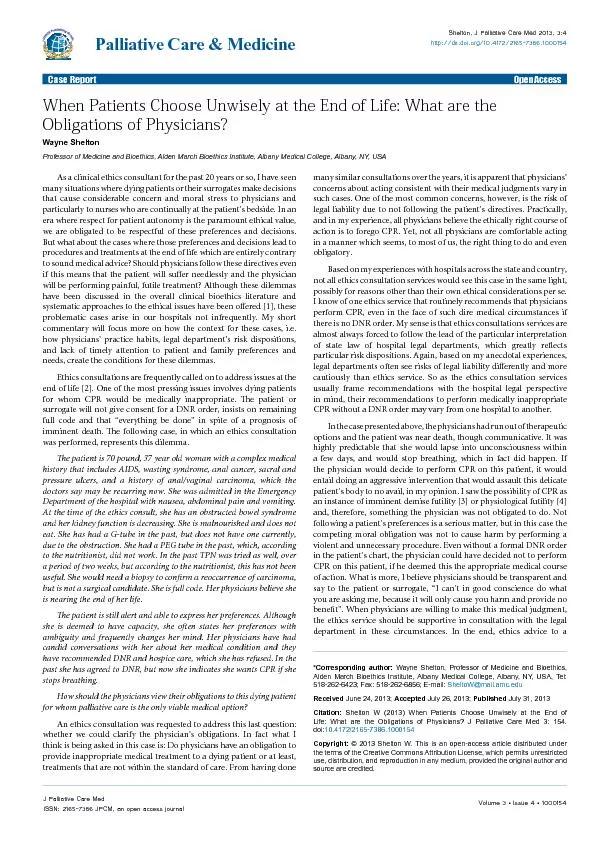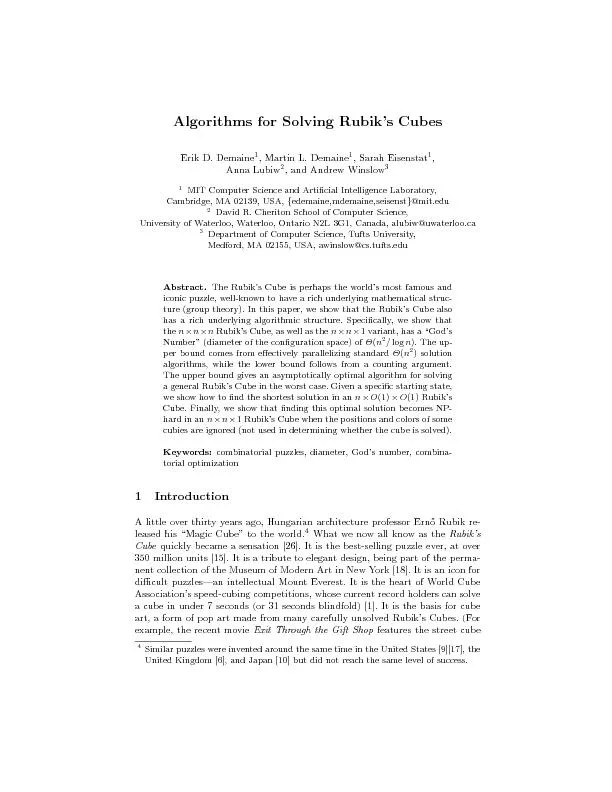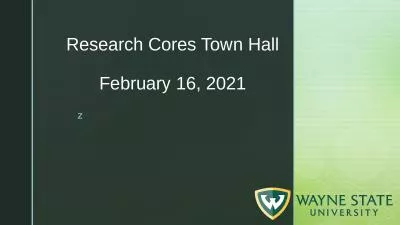PPT-9/10/10 A. Smith; based on slides by E. Demaine, C. Leiserson, S. Raskhodnikova, K. Wayne
Author : phoebe-click | Published Date : 2019-06-29
Adam Smith Algorithm Design and Analysis L ECTURE 8 Greedy Graph Algs II Implementing Dijkstra MST CSE 565 91010 A Smith based on slides by E Demaine C Leiserson
Presentation Embed Code
Download Presentation
Download Presentation The PPT/PDF document "9/10/10 A. Smith; based on slides by E. ..." is the property of its rightful owner. Permission is granted to download and print the materials on this website for personal, non-commercial use only, and to display it on your personal computer provided you do not modify the materials and that you retain all copyright notices contained in the materials. By downloading content from our website, you accept the terms of this agreement.
9/10/10 A. Smith; based on slides by E. Demaine, C. Leiserson, S. Raskhodnikova, K. Wayne: Transcript
Download Rules Of Document
"9/10/10 A. Smith; based on slides by E. Demaine, C. Leiserson, S. Raskhodnikova, K. Wayne"The content belongs to its owner. You may download and print it for personal use, without modification, and keep all copyright notices. By downloading, you agree to these terms.
Related Documents














